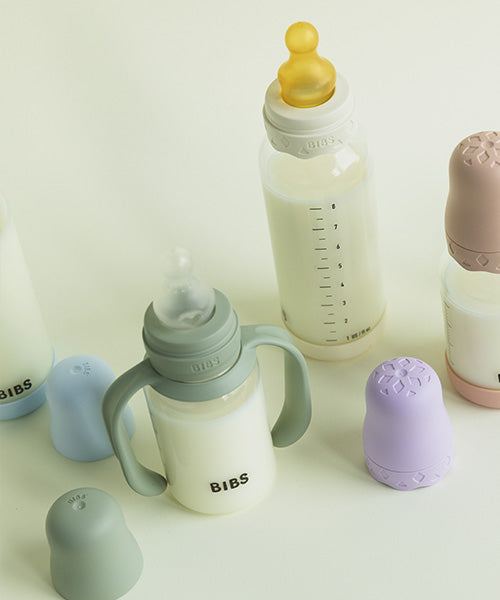
Proper breast milk storage is essential for protecting its nutritional value and ensuring your baby receives all its immune-boosting benefits. Whether you’re pumping at work or building a freezer stash, knowing how to store breast milk safely helps give your little one the healthiest possible start.
Clean equipment, the right storage containers, and smart handling habits can help prevent spoilage and keep nutrients intact. Let’s walk through how to store expressed milk the right way, from room temp to deep freeze, with a few handy tips that make your routine smoother.
Why Breast Milk Storage Matters
Your breast milk is full of antibodies and nutrients, and its composition can change to meet your baby’s needs. But once expressed, milk can lose its quality if it’s not stored correctly. Following safe breast milk storage guidelines helps avoid bacterial growth and nutrient loss while preserving its powerful properties.
Key Takeaways
- Store breast milk in clean, airtight containers specifically designed for baby feeding.
- Label everything with the date and use older milk first.
- Avoid microwaving breast milk and never refreeze thawed milk.
How Long Does Breast Milk Last?
Storage time depends on temperature and method. Here’s a cheat sheet you’ll want to bookmark:
At Room Temperature (up to 77°F or 25°C)
Fresh breast milk can sit out for 4 to 6 hours. If you’re out and about, use an insulated cooler with ice packs to extend freshness. Always store in containers designed for baby feeding.
In the Refrigerator (32°F to 39°F / 0°C to 4°C)
Refrigerated breast milk keeps well for up to 5 days. For best results, place it in the back of the fridge where the temperature is most stable. You can find glass bottles and BPA-free plastic options for safe storage.
In the Freezer (0°F or -18°C or colder)
- Freezer compartment inside fridge: up to 2 weeks
- Separate door freezer: up to 6 months
- Deep freezer: up to 12 months
Make room for expansion by leaving space at the top of containers. Our complete bottle sets are perfect for freezing expressed milk in small batches.
How to Safely Thaw and Warm Breast Milk
When you're ready to use frozen milk, plan ahead and thaw it overnight in the fridge. Need it sooner? Hold the bottle under warm running water or place it in a bowl of warm water. Never microwave, as it creates hot spots that can scald your baby and destroy nutrients.
Once thawed, use the milk within 24 hours and do not refreeze. Label containers clearly to keep track. Our pacifier boxes also double as compact organizers when you’re on the move.
Breast Milk Storage Tips for Special Cases
For NICU or Hospitalized Babies
If your baby is in the NICU, breast milk storage must follow hospital-grade safety protocols. Always use sterile containers and label milk with the date, time, and your baby’s full name. Hospitals may follow national frameworks like the Australian breast milk storage guidelines.
How to Spot Spoiled Breast Milk
When in doubt, do a smell and taste check. Sour milk or milk with a rancid smell should be discarded. Also stick to recommended time limits:
- Room temp: 4–6 hours
- Refrigerator: up to 5 days
- Freezer: ideally within 6 months
If your milk’s been in storage longer than these timelines or seems off, it’s best to play it safe and toss it.
Wrap-Up: Making Storage a Breeze
Getting into a groove with breast milk storage doesn’t have to feel like a science project. With the right tools and up-to-date info, you’re already ahead. Explore our bottle feeding essentials and feeding accessories to keep your milk fresh and your routine stress-free.
And remember, every ounce counts. You’re doing great, mama.



















